The 9th Beijing Biennale, themed “the Light of Life”, eulogizes the value of life and highlights the dignity, power and glory of life. This session is a city cultural activity of the 2022 Winter Olympic Games and will be held at the National Art Museum of China during the period of the Beijing 2022 Games. It is a continuation of the 3rd session, themed “Colors and the Olympics”, and highlights the visual charm of “power and beauty”. To facilitate your understanding, we provide 14 keywords related to the theme.
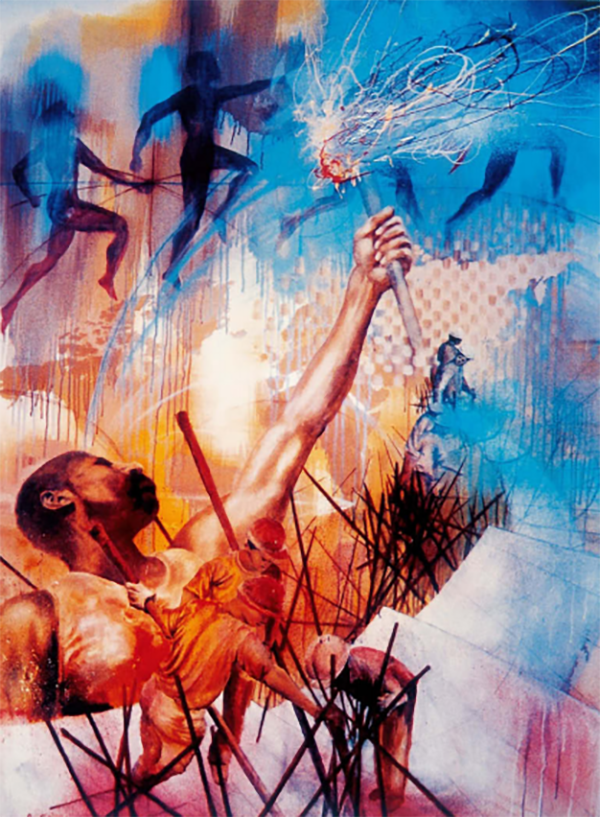
Fire / Andres Spath Botero (Colombia) / 2007 / acrylic and pastel on canvas / 160cm×120cm / Work from the 3rd Beijing Biennale, 2008
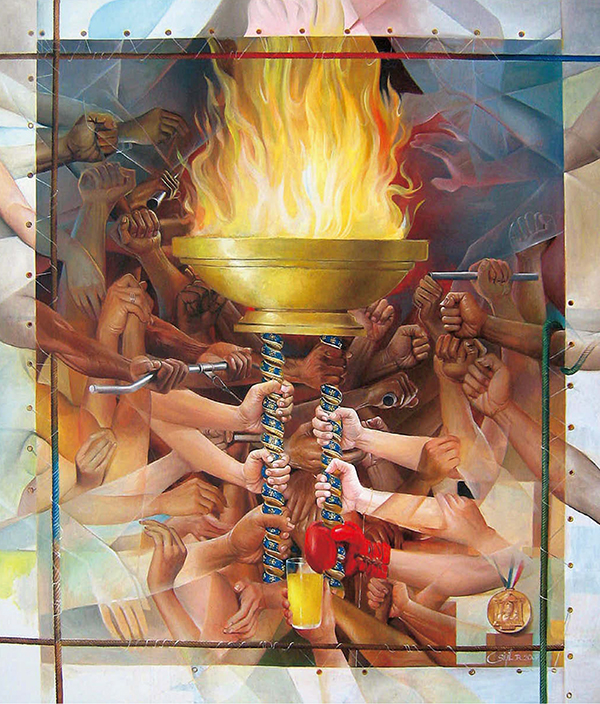
The Means of a Medal / Sigit Raharjo (Indonesia) / 2007 / oil on canvas / 140cm×120cm / Work from the 3rd Beijing Biennale, 2008

Fiamme e Sole / Gabriela Albertini (Italy) / 2008 / paper / 58cm×13.5cm / Work from the 3rd Beijing Biennale, 2008
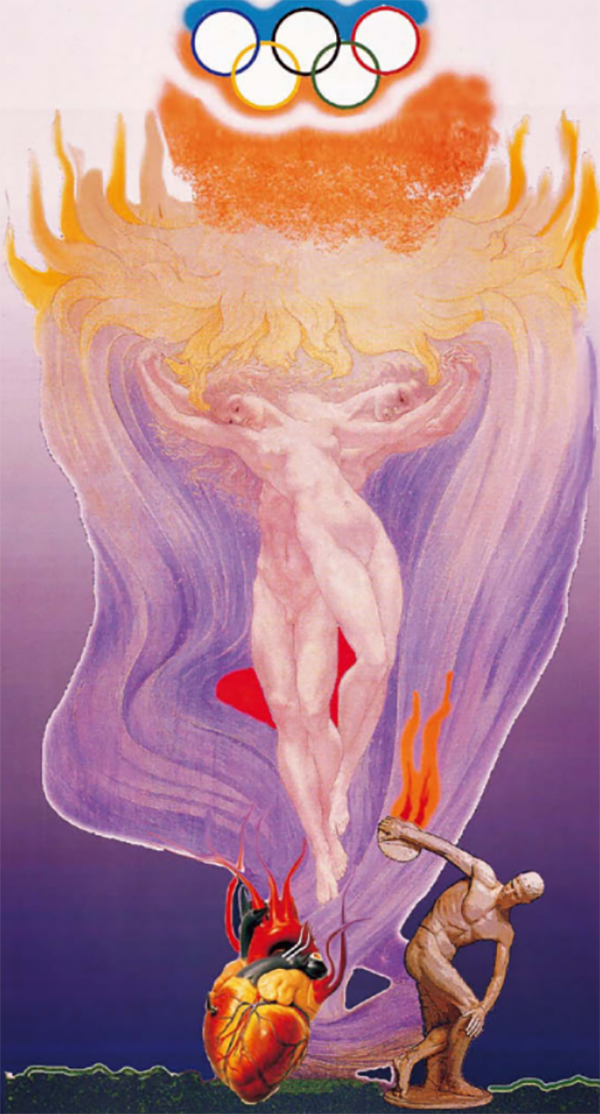
Fuoco / Vinicio Verzieri (Italy) / 2007 / carta fotografica / 38cm×20.3cm / Work from the 3rd Beijing Biennale, 2008
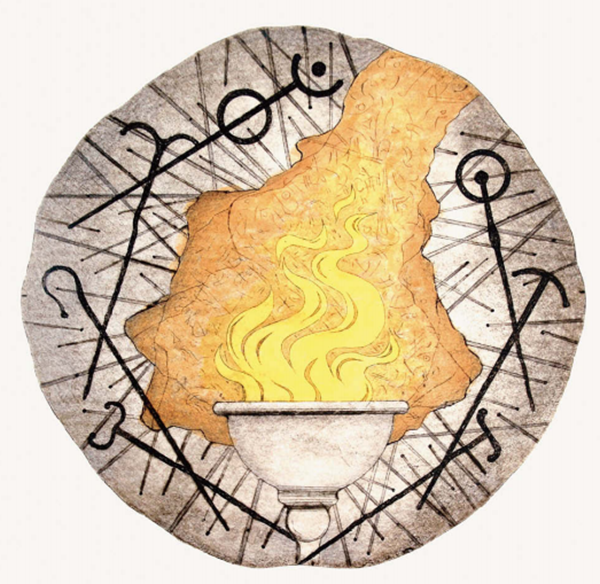
Vatra-Fire / Mujo Alagic (Serbia) / 2008 / mixed media / 40cm×40cm / Work from the 3rd Beijing Biennale, 2008
Key Word: Olympic Flame and Torch
The Olympic flame is a symbol of the Olympic Games. In ancient Greek mythology, the ceremony of igniting the sacred fire at the ancient Olympic Games originated from Prometheus stealing fire from Zeus and bringing it to human beings. Therefore, fire represents the creation of the world, rebirth and brightness. The ceremony of torch relay was developed from pilgrims’ worship of fire and popular sports among young people. Torch relay was originally carried out at night as a religious ceremony of the ancient Greek, and evolved into group competitive sports and finally one of the most popular sports in ancient Greek. In front of Zeus, messengers of peace followed religious rituals, ignited fire on the alter and ran across city-states with torch to spread the message that the Olympic Games was around and that all wars should be halted. In this way, people might be able to put aside hatred and war and prepare for competitions, thus making torch a symbol of peace, brightness, unity and friendship. The modern Olympic Games carries forward the sacred meaning and ceremony of torch relay. The tradition of an Olympic fire was reintroduced during the 1936 Summer Olympics and has become part of the Summer Olympic Games ever since. The Olympic flame was introduced to the Winter Olympics in 1964.
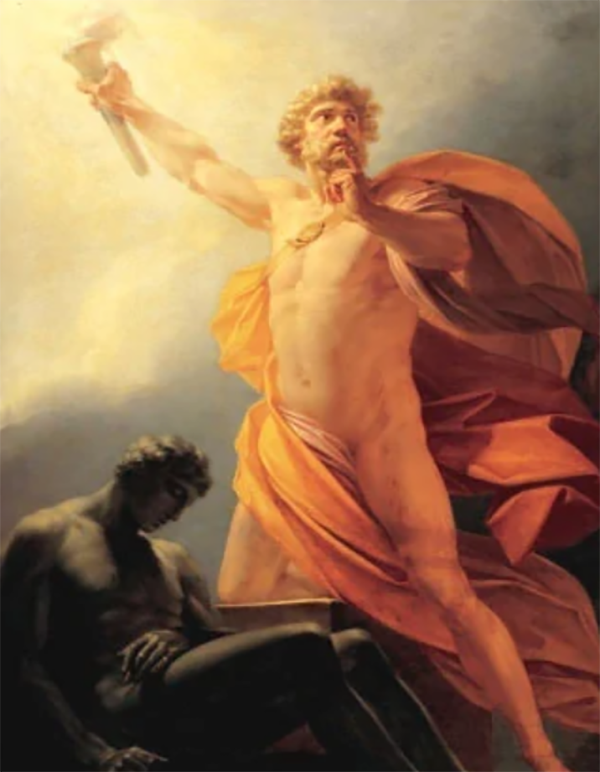
A Classical Western Painting Demonstrating Prometheus Stealing Fire
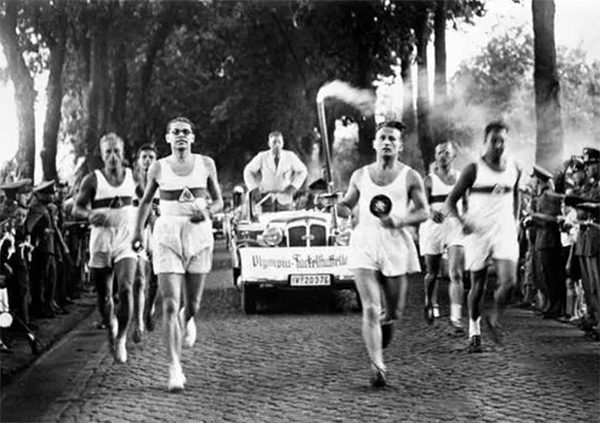
Torch Relay of the Berlin 1936 Olympic Games
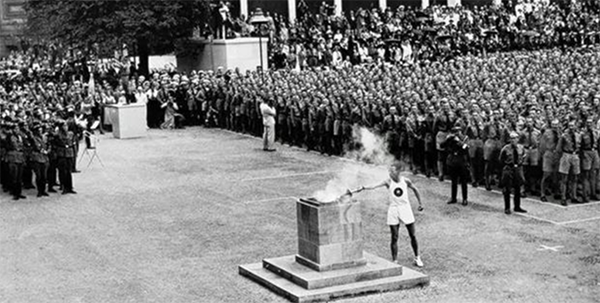
Igniting the Olympic Flame at the Berlin 1936 Olympic Games
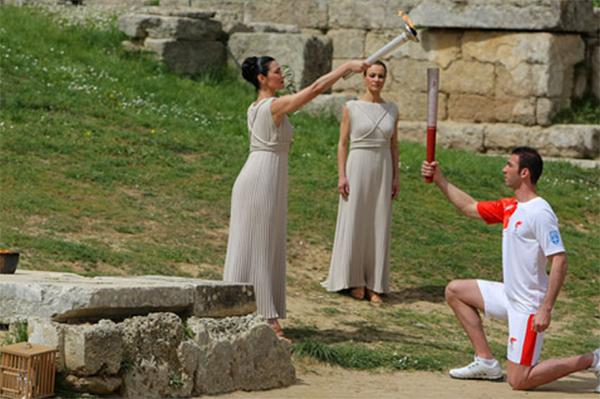
The Olympic flame is ignited at the Temple of Hera, a site of ancient Olympia in Greece, several months before the opening ceremony of the Olympic Games. According to traditions of the ancient Greek, this ceremony is started by the “high priestess” offering an invocation to Apollo, followed by the flame being kindled by the light of the sun, whose rays are concentrated by a parabolic mirror. After this, the flame is brought by the “high priestess” to the altar of the ancient Olympic site; then,it is used to light the torch of the first torchbearer, which marks the beginning of torch relay.
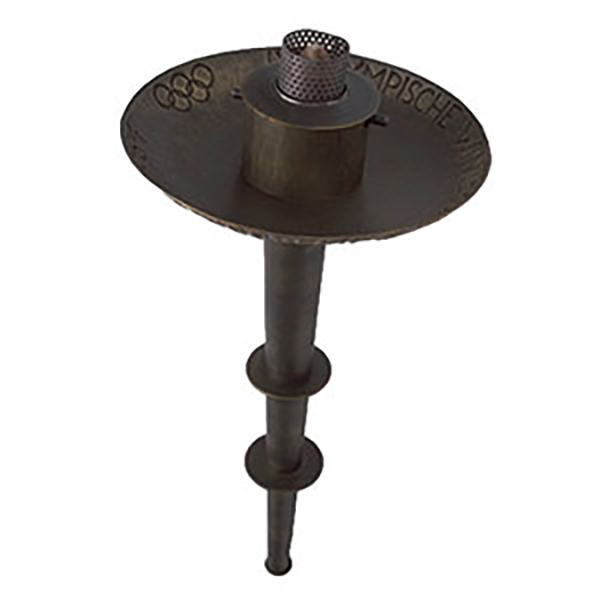
Torch of the Innsbruck 1964 Winter Olympics
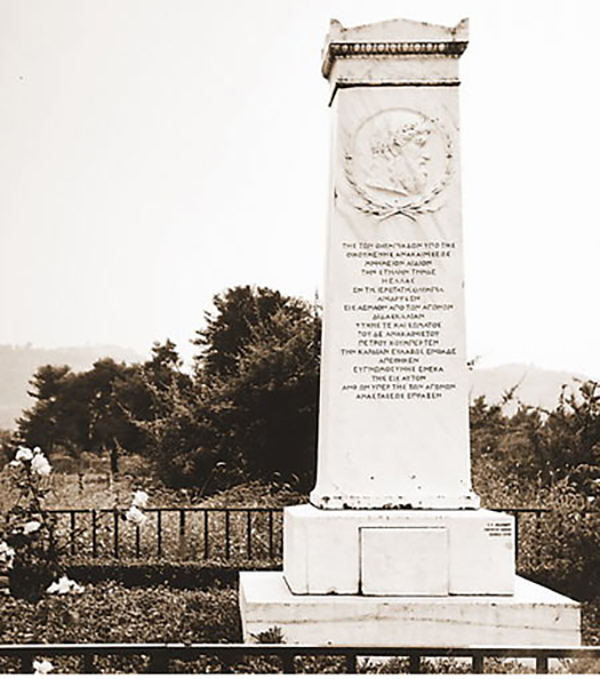
The Winter Olympics has its flame kindled at the monument of Coubertin, father of the modern Olympic Games.
According to tradition, the flame should be transported to the host city one day before the opening ceremony and be lit in the opening ceremony. The last torchbearer is always an important person, such as an athlete who has won a gold medal. In the opening ceremony, the last torchbearer runs around the stadium and then lights the Olympic cauldron. Given its importance, the host country always tries its best to make the lighting of the Olympic cauldron creative and impressive. The Olympic flame should continue to burn in the cauldron for the duration of the Games, until it is extinguished in the Olympic closing ceremony.
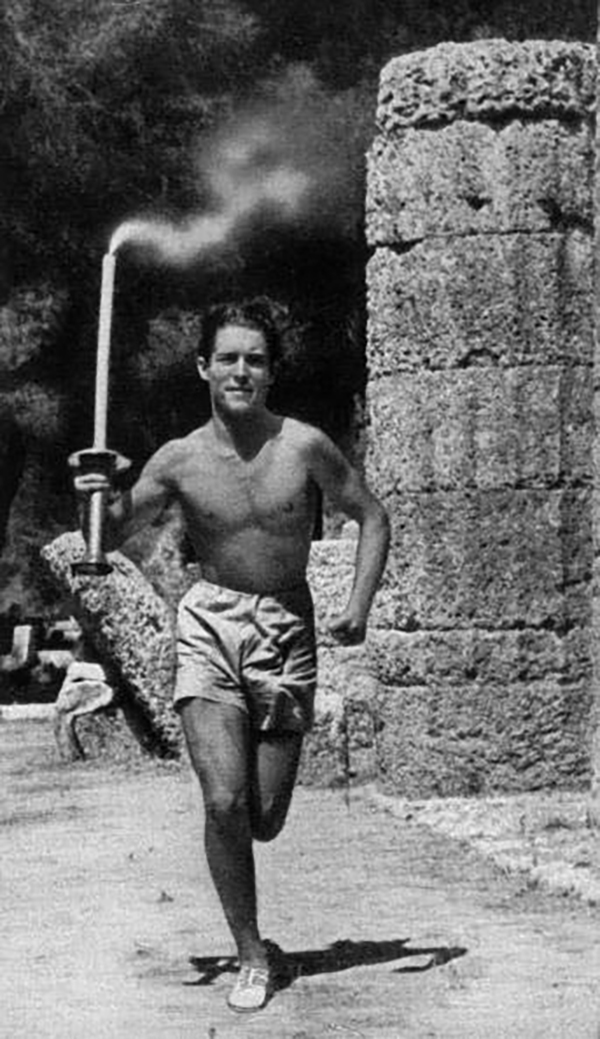
Torch Relay in Constantinople of the Berlin 1936 Olympic Games
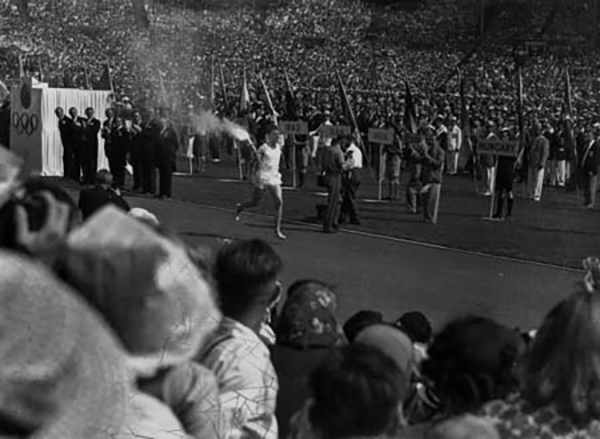
A torchbearer went into the Olympic Stadium at the London 1948 Olympic Games.
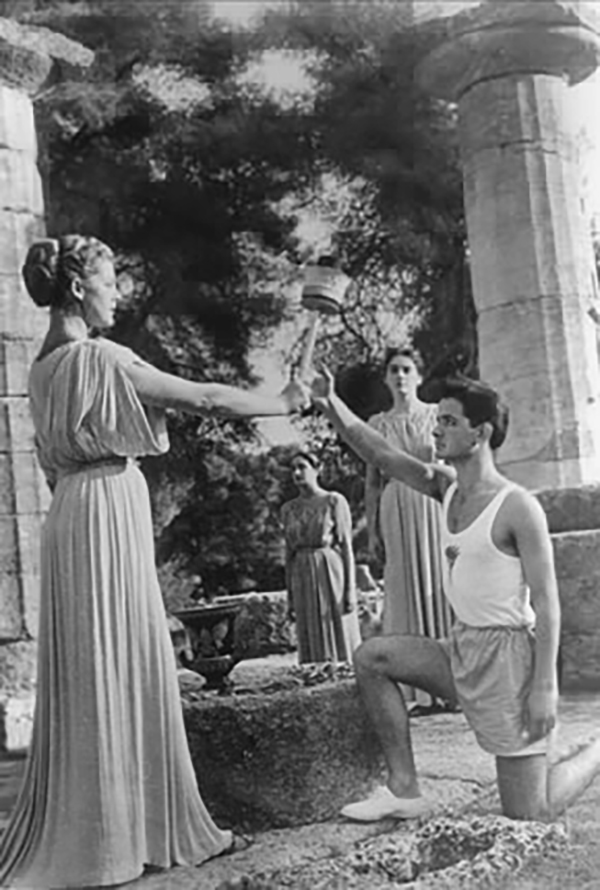
The high priestess handed over the Olympic flame at the Melbourne 1956 Olympic Games.
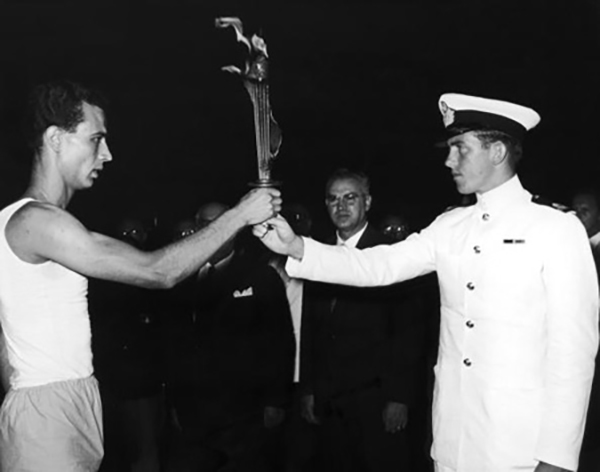
Torch Relay at an Italian Port at the Rome 1960 Olympic Games
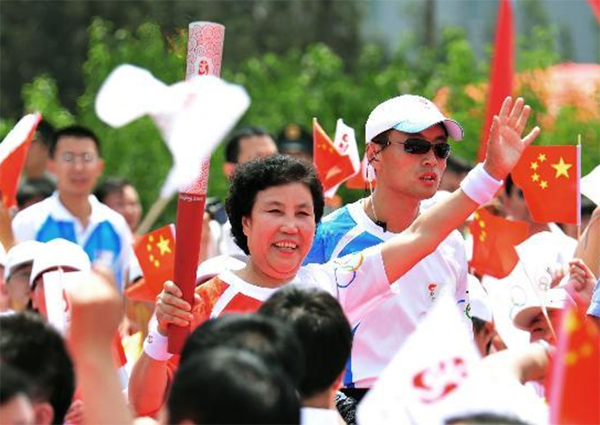
Torch Relay of the Beijing 2008 Olympic Games
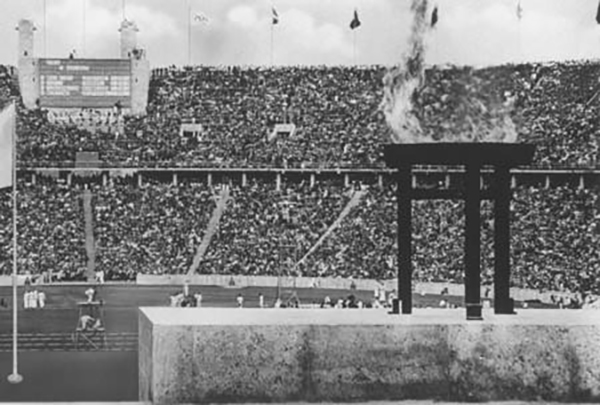
The Olympic flame was lit in Berlin at the Berlin 1936 Olympic Games
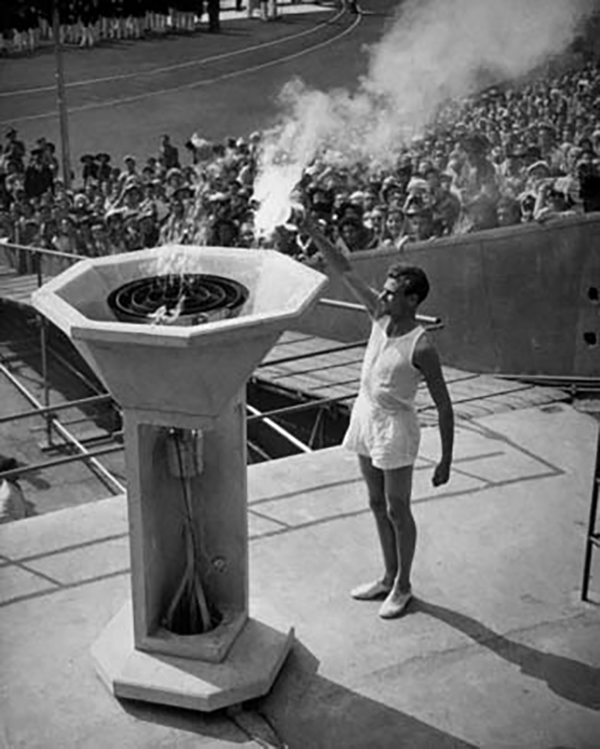
Mark John lit the London 1948 Olympic cauldron
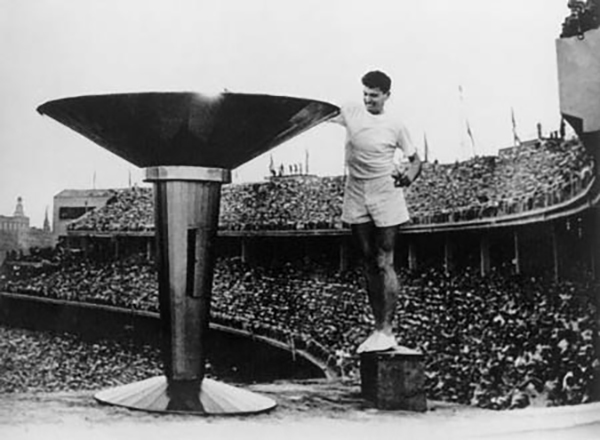
Ron Clarke lit the Melbourne 1956 Olympic cauldron
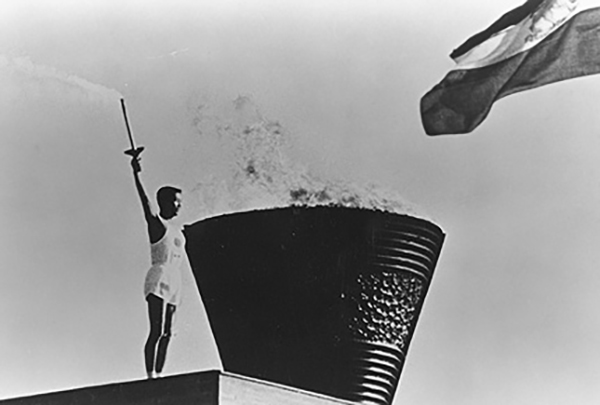
The Olympic cauldron was lit at the 1964 Tokyo opening ceremony
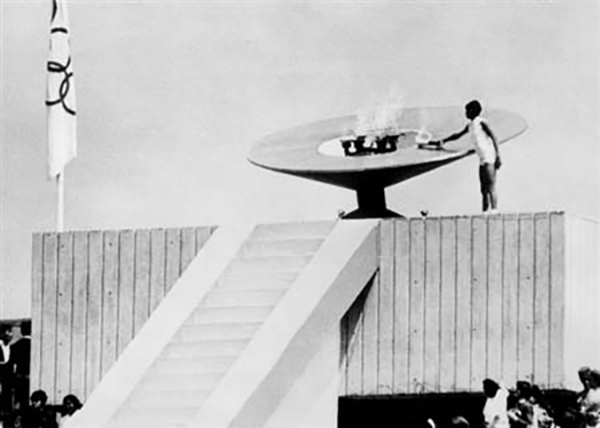
The Olympic cauldron was lit at the 1968 Mexico opening ceremony
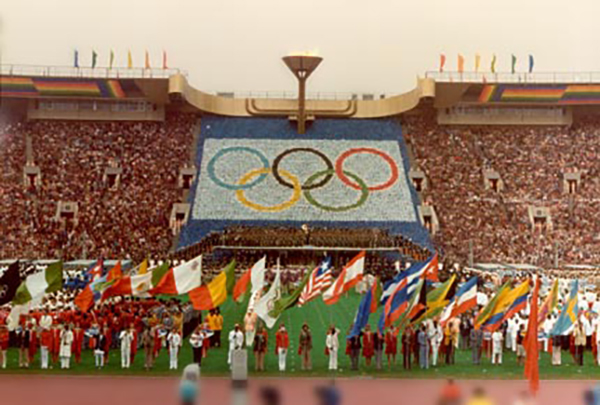
The Olympic cauldron was lit at the 1980 Moscow opening ceremony
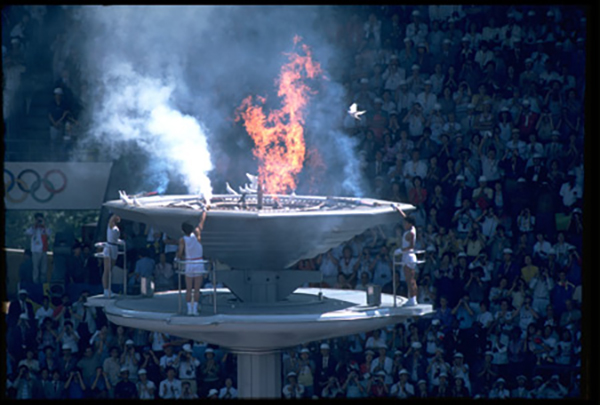
The Olympic cauldron was lit at the 1988 Seoul opening ceremony
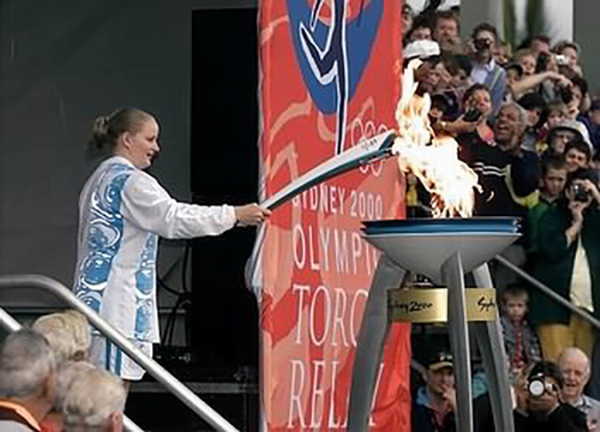
The Olympic cauldron was lit at the 2000 Sydney opening ceremony
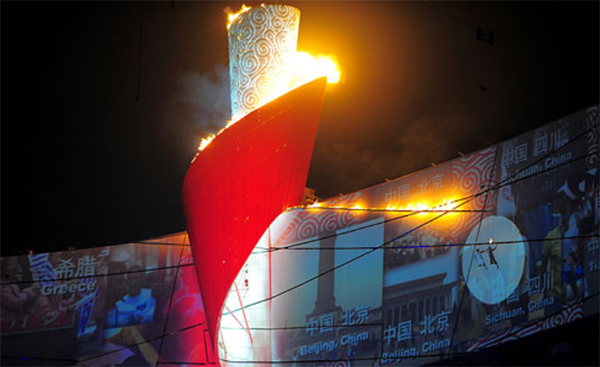
Lighting the Olympic Cauldron at the Beijing 2008 Olympic Games
In modern Olympics, torches for transporting the Olympic flame are designed and provided by the host city; therefore, they are of strong local characteristics. For instance, torches of the 2000 Sydney Olympic Games remind people of the Sydney Opera House; those of the Athens Olympic Games look like an olive leave that symbolizes peace; and those of the 2008 Beijing Olympic Games are inspired by traditional Chinese scrolls. Torch of the 2022 Winter Olympics and Paralympics, named Flying (Feiyang), looks very dynamic and vibrant. Its design is inspired by leaf, and is in line with the oriental philosophy of “Dao emulates the nature”. With colors of silver and red, the torch of the 2022 Winter Olympics represents a metaphor of fire and ice, symbolizing how it will bring light and warmth to the winter sports scene. The torch of the 2022 Winter Paralympics, featuring colors of silver and gold, symbolizes glory and dream and represents Paralympic values of courage, determination, motivation and fairness.
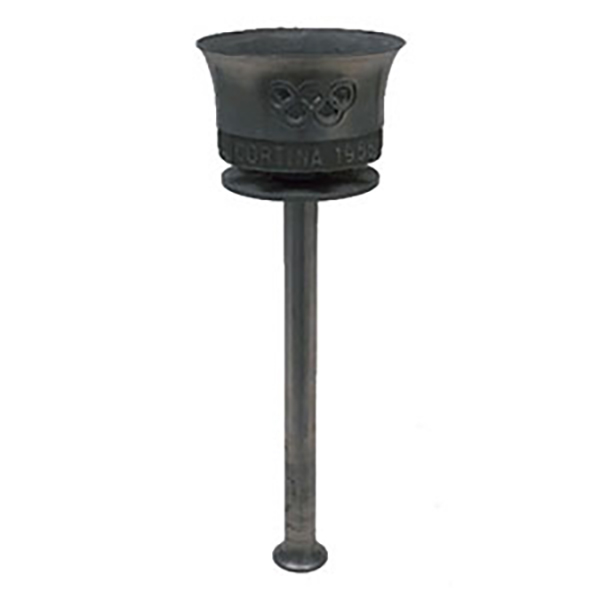
Torch of the 1952 Oslo Winter Olympics
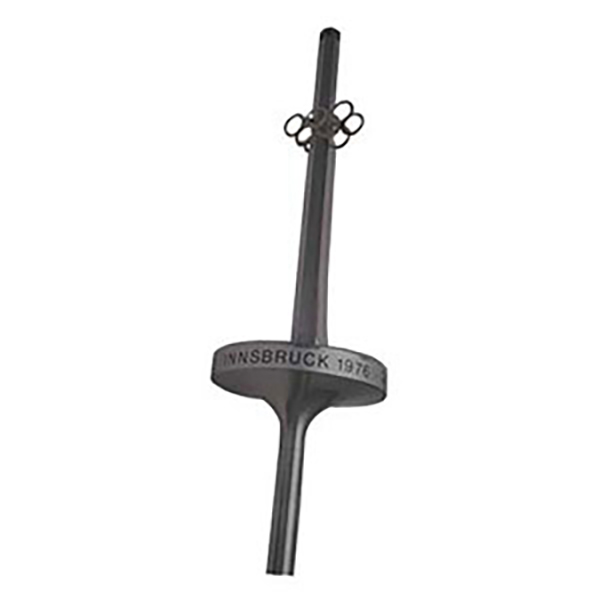
Torch of the 1976 Innsbruck Winter Olympics
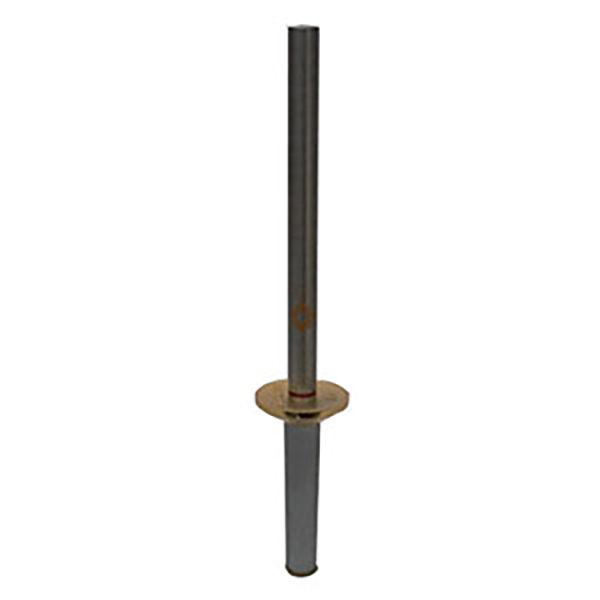
Torch of the 1984 Sarajevo Winter Olympics
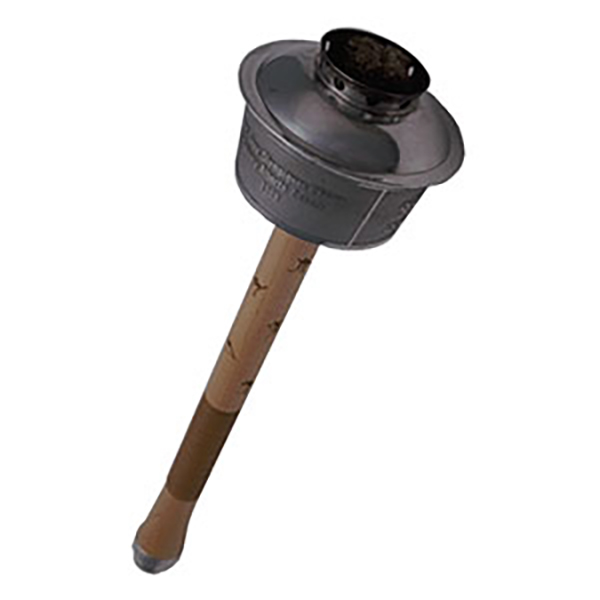
Torch of the 1988 Calgary Winter Olympics
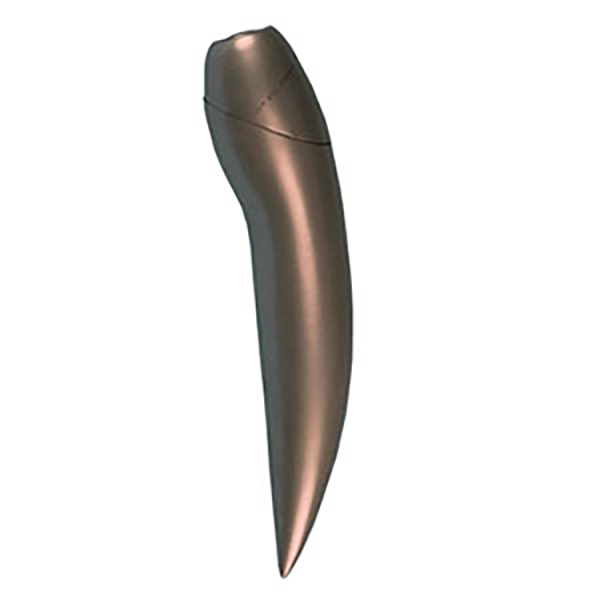
Torch of the 1992 Albertville Winter Olympics
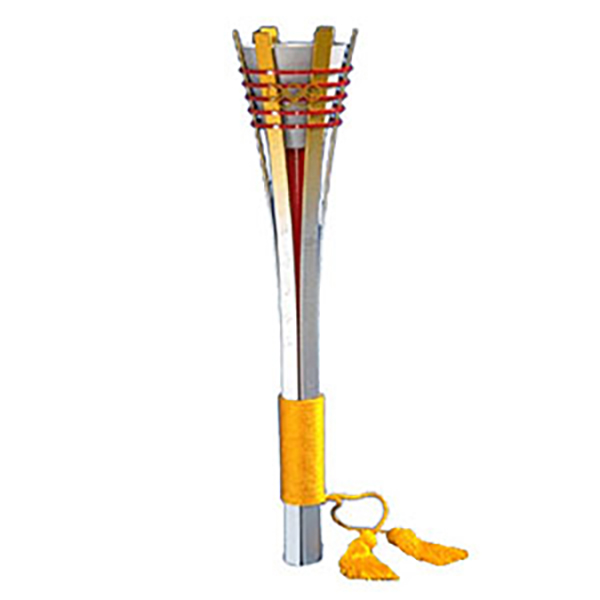
Torch of the 1998 Nagano Winter Olympics
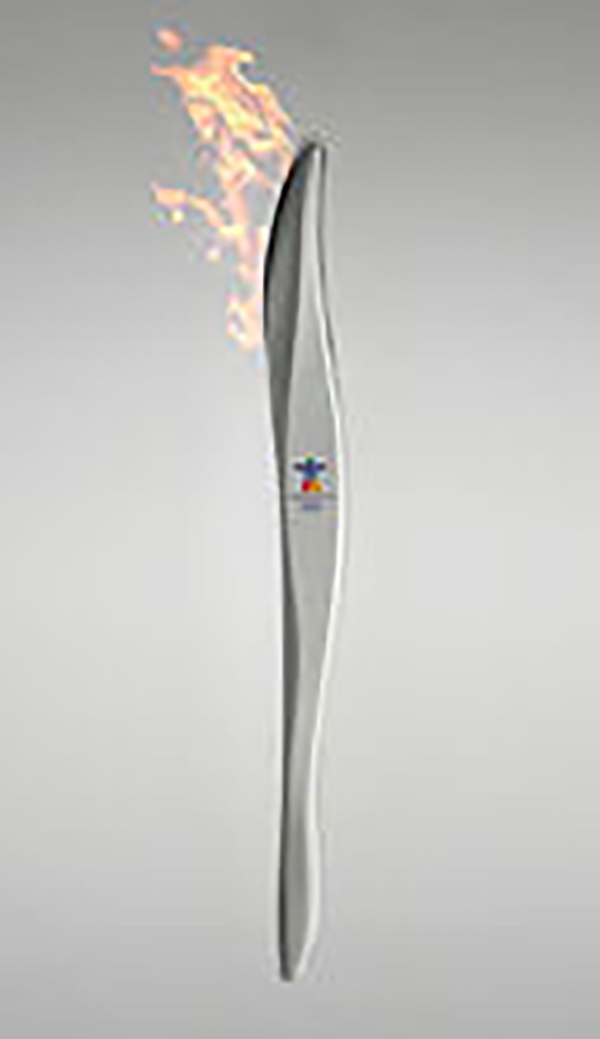
Torch of the 2010 Vancouver Winter Olympics
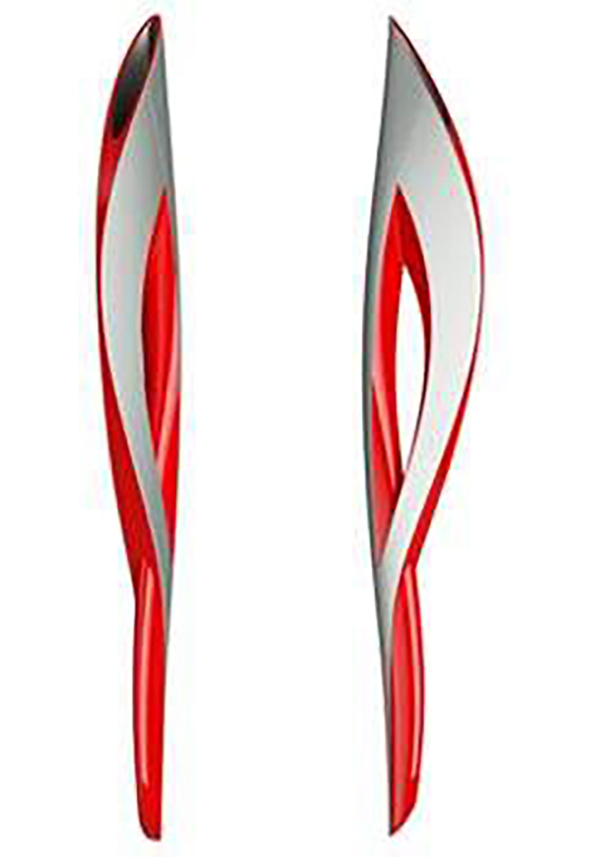
Torch of the 2014 Sochi Winter Olympics
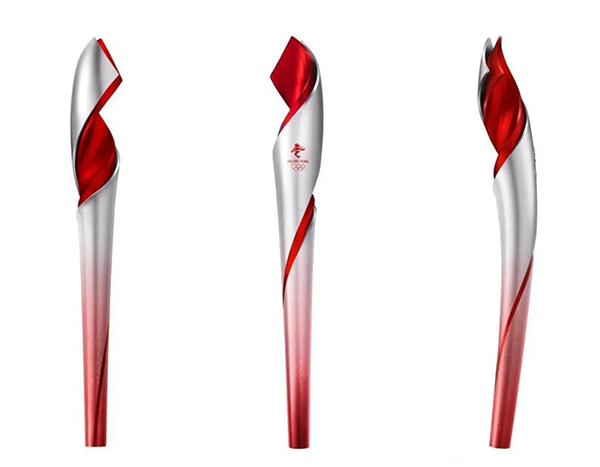
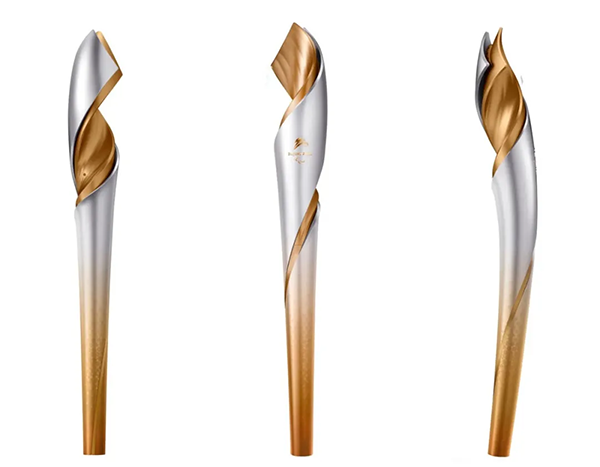
Flying, Torches of the Beijing 2022 Winter Olympics and Paralympics
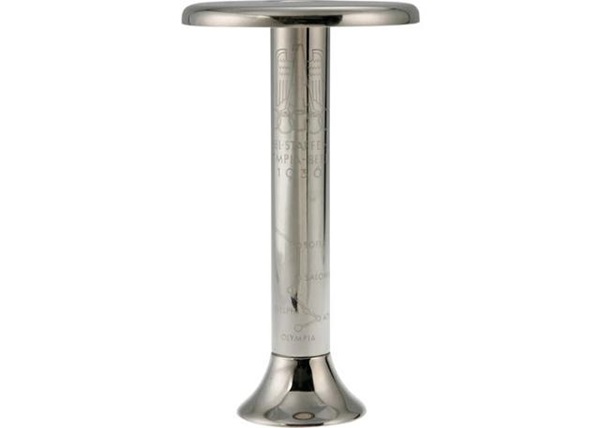
Torch of the Berlin 1936 Olympic Games
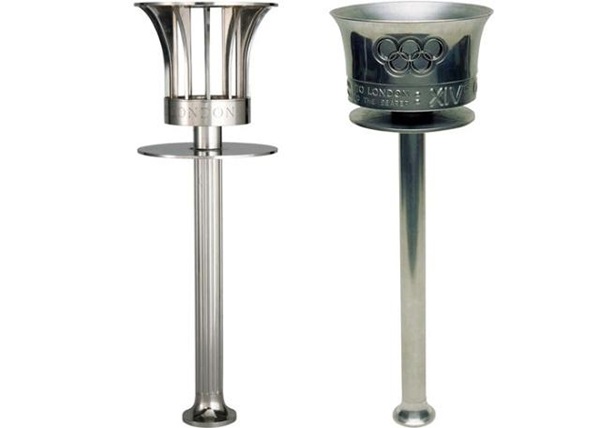
Torch of the London 1948 Olympic Games
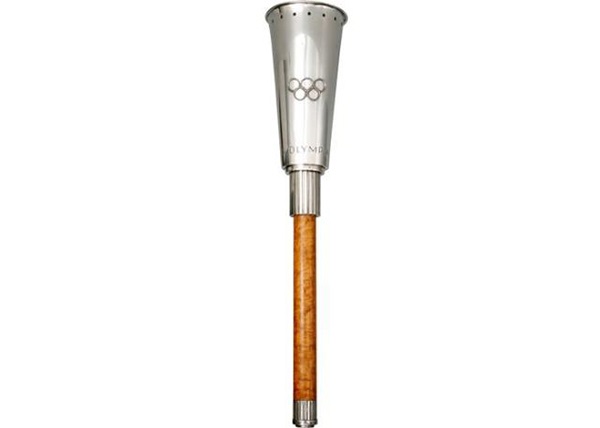
Torch of the Helsinki 1952 Olympic Games
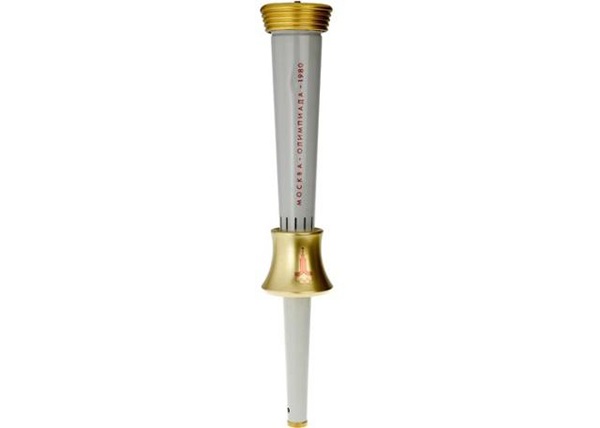
Torch of the Moscow 1980 Olympic Games

Torch of the Barcelona 1992 Olympic Games

Torch of the Sydney 2000 Olympic Games
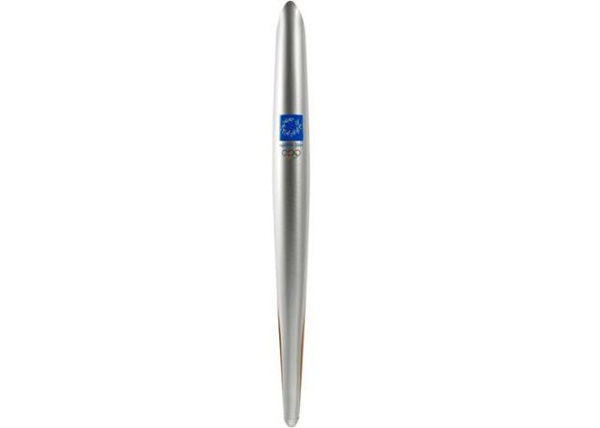
Torch of the Athens 2004 Olympic Games
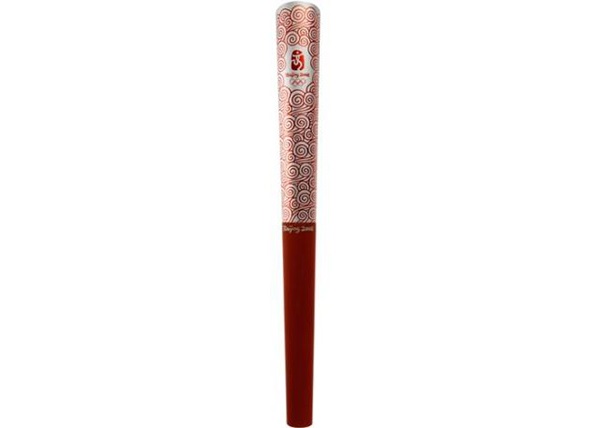
Torch of the Beijing 2008 Olympic Games
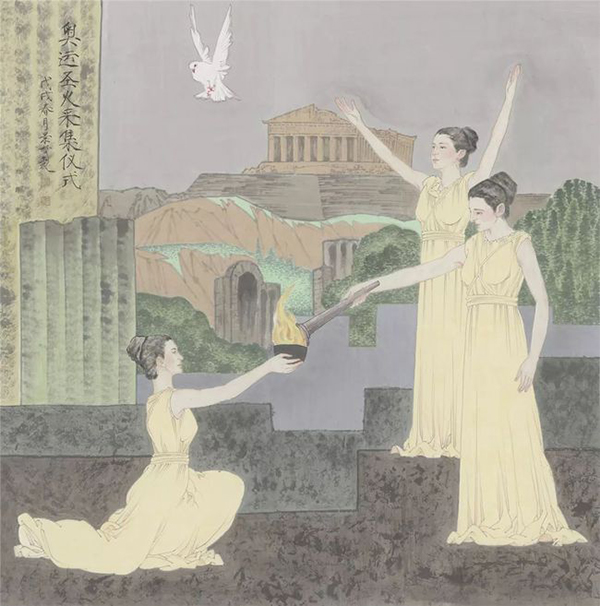
Ceremony of Igniting the Olympic Flame/ Cui Jingzhe/ Chinese Painting
The 14 key words will be published one by one. Look forward to your interest and participation in the Beijing Biennale.
(Notes: Please strictly follow copyright laws and relevant regulations in and outside China when referring to captions, photos and other information in your creation. Plagiarism is unacceptable. Copyright-related legal issues should be taken care of by artists themselves.)
